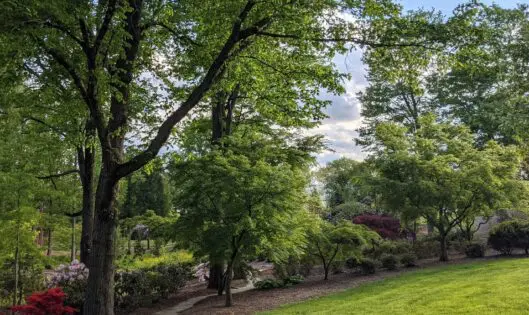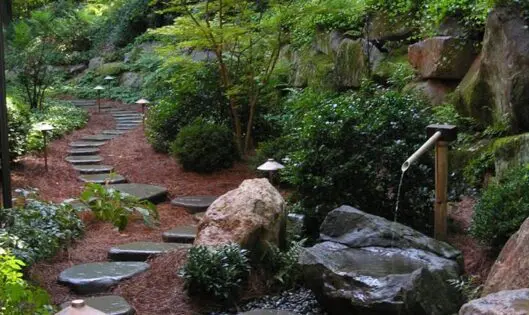The Gardener's Journal
GARDENING WITH A ‘SENSE OF PLACE’ (Part 1)
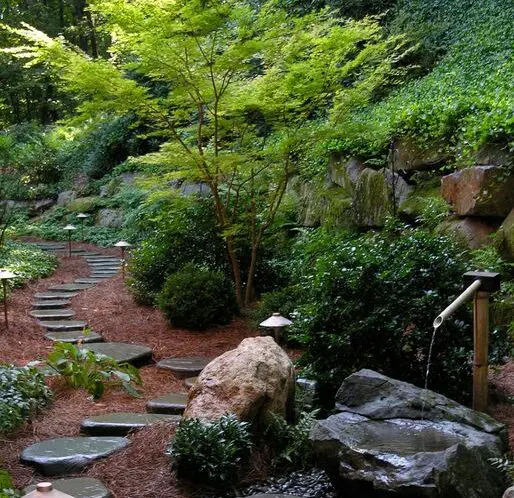
The phrase ‘sense of place’ is often used in relation to those physical characteristics that make a place special or unique, as well as to those qualities about a location that fosters a sense of authentic human attachment and belonging. Places that lack a sense of place are sometimes referred to as “placeless” or “inauthentic.” Placeless landscapes are those that have no special relationship to the places in which they are located—they could be anywhere. Roadside shopping malls, gas stations, convenience stores, fast-food chains, and chain department stores are examples of placeless landscape elements. Claire Sawyers, director of the Scott Arboretum at Swarthmore College since 1990, refers to the physical qualities of a location in the ‘sense of place’ discussion when she writes, “To garden with a sense of place means to discover and preserve what is special about your site, its genius loci.” Join us next week as we continue our ‘sense of place’ discussion with a look at the Japanese gardening ideal of evoking a garden ‘mood’. Contributed by James HanselmanGardener (and ‘sense of place’ advocate)
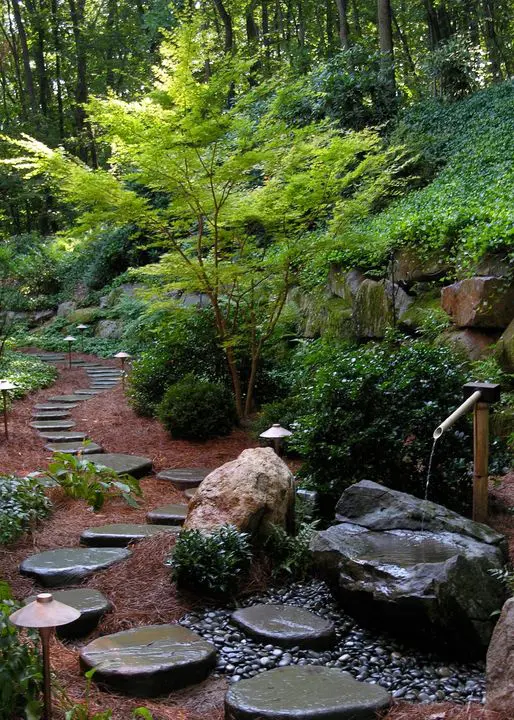
OUR GARDEN DESIGN PROCESS
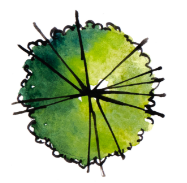
Explore
Share your goals, ideas, and project budget and we will begin to survey and plan your garden
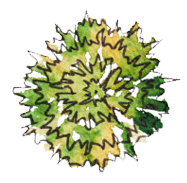
Design
We will consider all your primary view perspectives, both inside and out as we design your garden
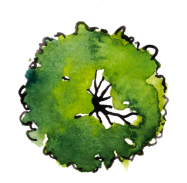
Build
Your garden dream will begin to take shape by the hands of our highly skilled craftsmen and landscapers

Enjoy
Your garden dream will begin to take shape by the hands of our highly skilled craftsmen and landscapers


